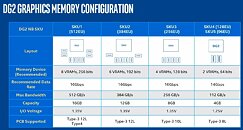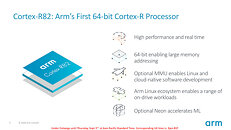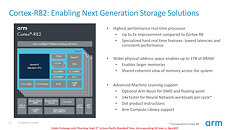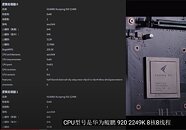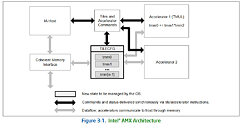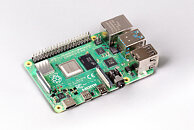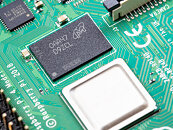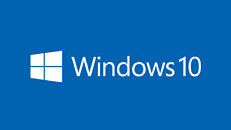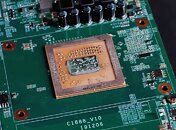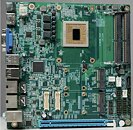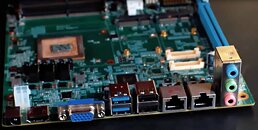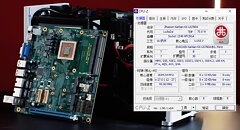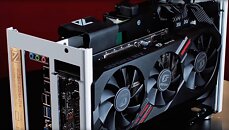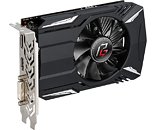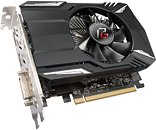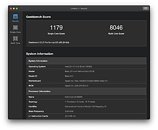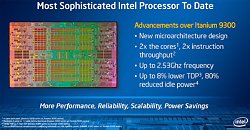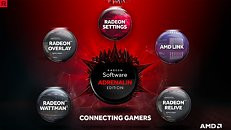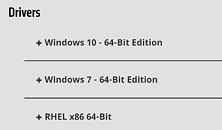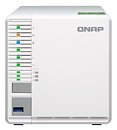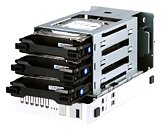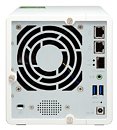Memtest86+ 6.00 Update Promised for This Summer
Memtest86+, the spiritual successor of MemTest86, has been somewhat stuck in development hell, but now the developer behind the memory testing software has promised to deliver version 6.00 sometime this summer. Version 5.31b was released in April 2020, some six years after the previous release and still not released as a final build, largely due to the pandemic. Version 6.00 promises a host of new features and the developers are already now asking for people that want to pitch in and help out with the project, since it's an open-source project.
The goal of version 6.00 is to deliver 64-bit support, UEFI and DDR5 with XMP support, as well as support for up to 256 CPU cores. Other features that are said to come include PXE and native USB boot. The goal is to provide a beta build sometime in April, but for those that don't mind compiling their own version of the code, can give it a try now, although the developers are warning that the code is going to be buggy at this point. The base code is said to have been re-written from scratch compared to prior versions and a lot of features are still missing and some features from the older versions are said to have been dropped, at least for the time being.
The goal of version 6.00 is to deliver 64-bit support, UEFI and DDR5 with XMP support, as well as support for up to 256 CPU cores. Other features that are said to come include PXE and native USB boot. The goal is to provide a beta build sometime in April, but for those that don't mind compiling their own version of the code, can give it a try now, although the developers are warning that the code is going to be buggy at this point. The base code is said to have been re-written from scratch compared to prior versions and a lot of features are still missing and some features from the older versions are said to have been dropped, at least for the time being.


